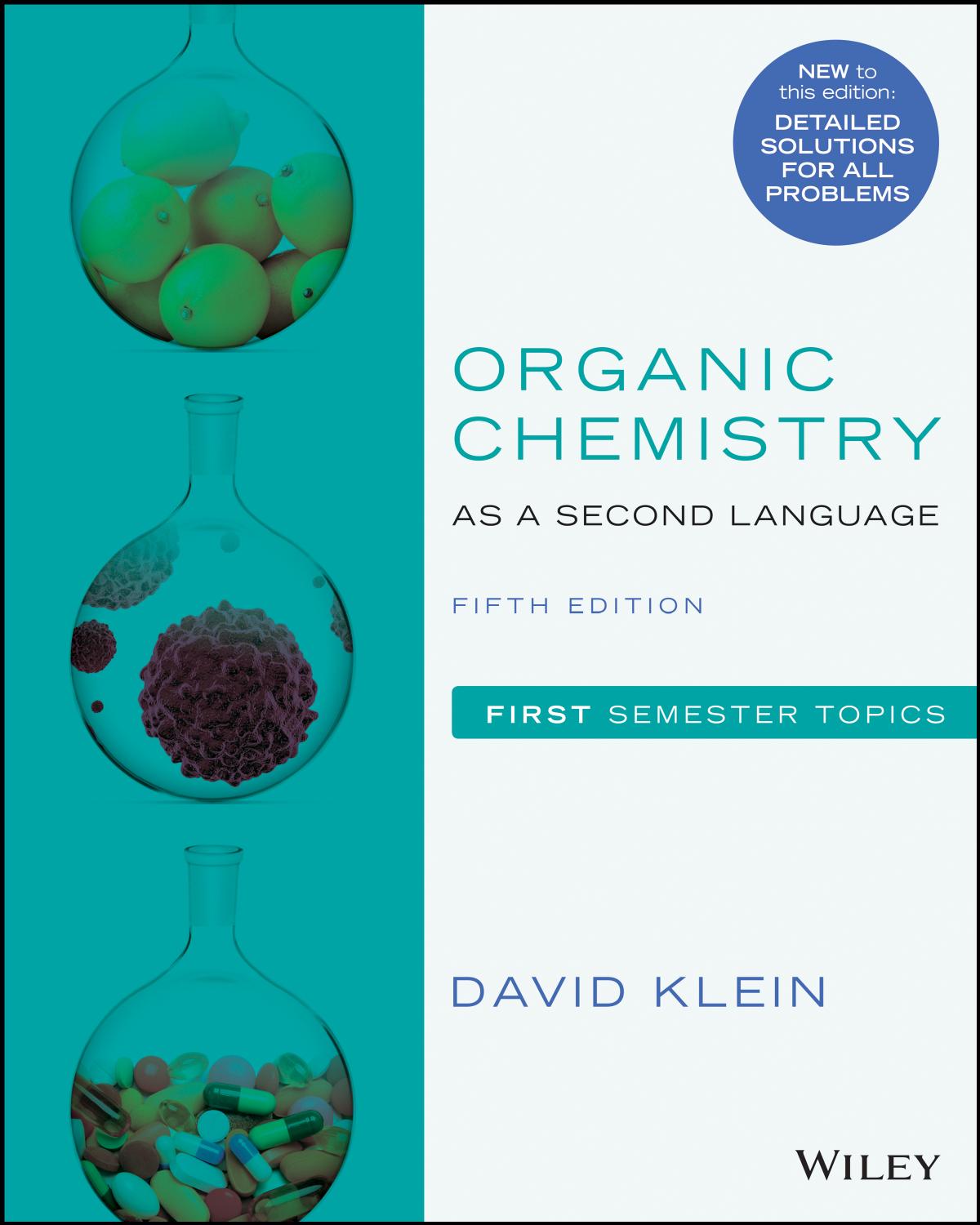

Most ebook files are in PDF format, so you can easily read them using various software such as Foxit Reader or directly on the Google Chrome browser.
Some ebook files are released by publishers in other formats such as .awz, .mobi, .epub, .fb2, etc. You may need to install specific software to read these formats on mobile/PC, such as Calibre.
Please read the tutorial at this link: https://ebookbell.com/faq
We offer FREE conversion to the popular formats you request; however, this may take some time. Therefore, right after payment, please email us, and we will try to provide the service as quickly as possible.
For some exceptional file formats or broken links (if any), please refrain from opening any disputes. Instead, email us first, and we will try to assist within a maximum of 6 hours.
EbookBell Team

0.0
0 reviews Organic chemistry can be a challenging subject. Most
students view organic chemistry as a subject requiring hours upon hours of
memorization.Author David Klein's Second
Language books prove this is not true—organic chemistry is one
continuous story that actually makes sense if you pay attention. Offering a
unique skill-building approach, these market-leading books teach students how
to ask the right questions to solve problems, study more efficiently to avoid
wasting time, and learn to speak the language of organic chemistry.
color:black">Covering the initial half of the course, Organic
Chemistry as a Second Language: First Semester Topics reviews critical
principles and explains their relevance to the rest of the course. Each section
provides hands-on exercises and step-by-step explanations to help students
fully comprehend classroom lectures and textbook content. Now in its fifth
edition, this valuable study resource covers the characteristics of molecules,
the nature of atomic bonds, the relationships between different types of
molecules, drawing and naming molecules, and essential molecular reactions.